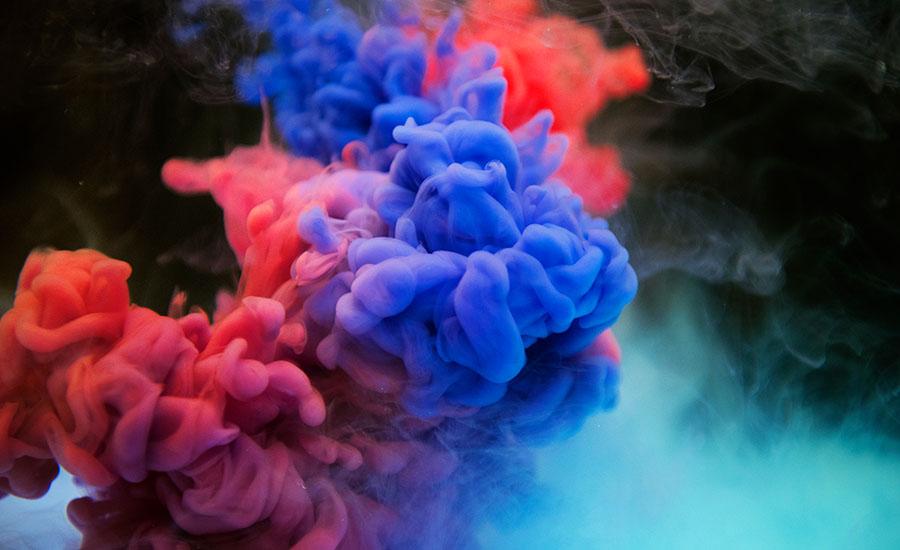
Students use color theory, write recipes, and use an iterative design process to create a natural dye.

Students use color theory, write recipes, and use an iterative design process to create a natural dye.
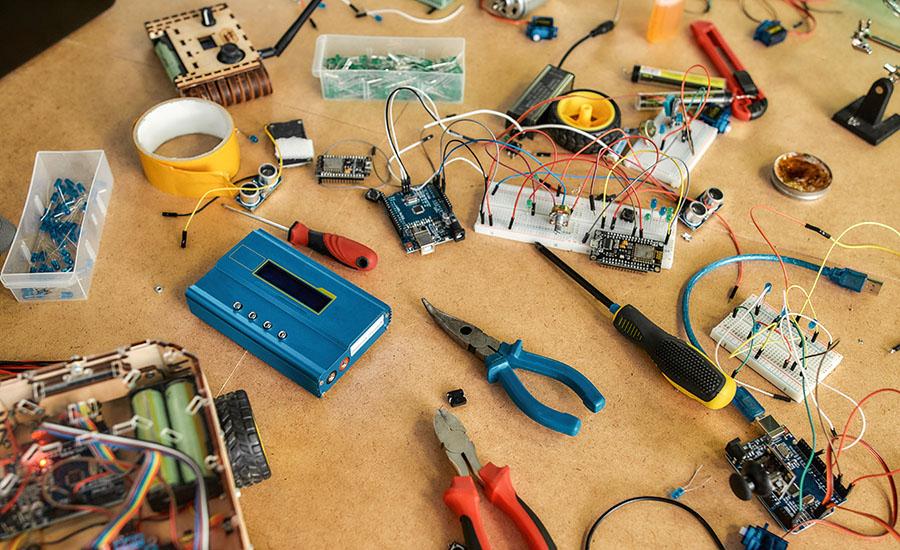
The lesson is designed for use as part of a unit on energy transfer within a system. Before doing this lesson, students should have a basic understanding of potential and kinetic energy. Students will
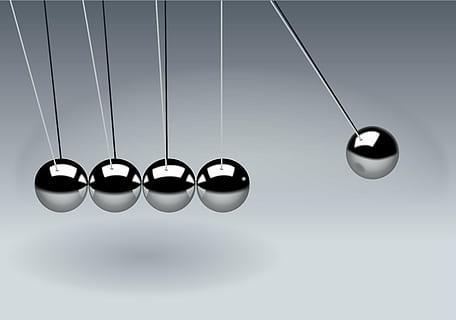
Students examine the relationship between a ball's bounce height and its drop height to see a linear relationship. They then calculate the slope of their data to compare "bounciness" with other groups
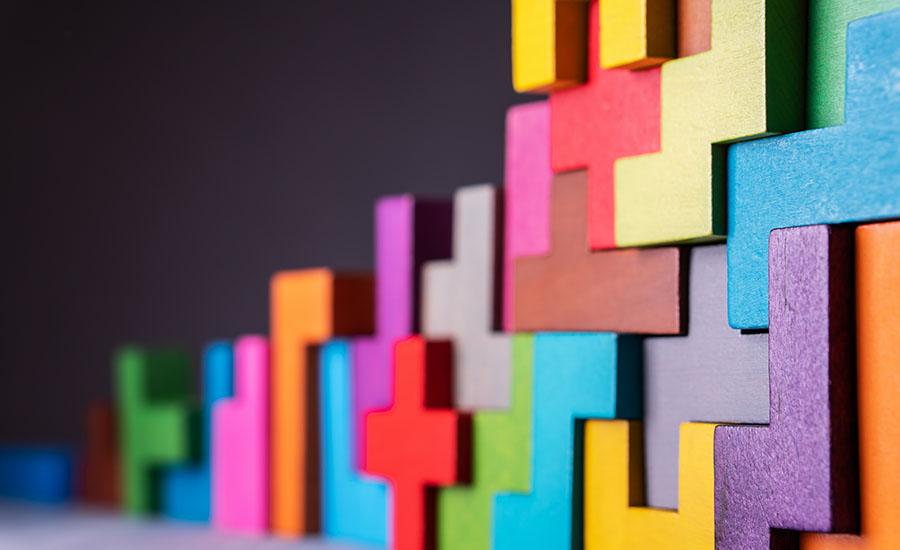
Students think about dipping a cube in paint, then count the amount of faces that are painted (either 1, 2, 3, or none) they then make a table with the data and are asked to find any patterns they may
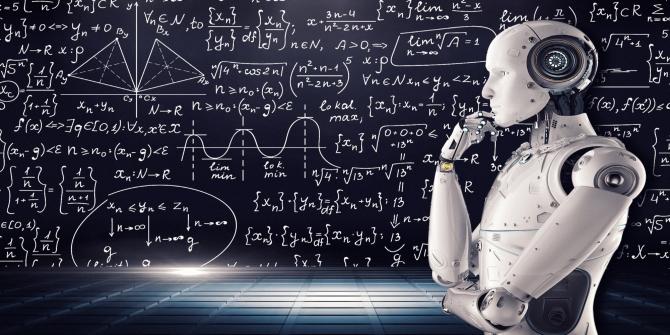
Using Vernier motion sensor technology (not included) students will model their position vs time on Vernier Graphical Analysis.
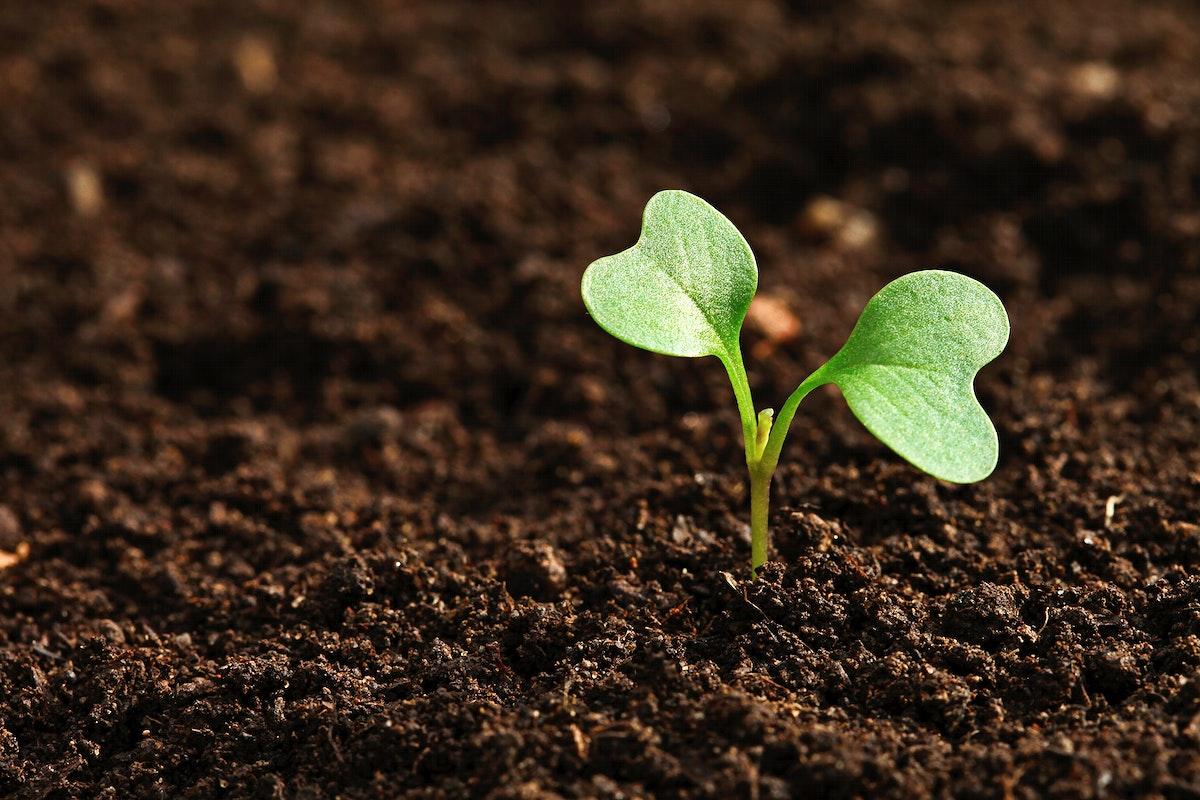
This is part 2 of 2 where students will be conducting a life science experiment with their Worm Worlds created from part 1 and finding out what a red wiggler's favorite food is.

In this lesson, students conduct an experiment that answers the following driving question: Which type of bedding do red wigglers like better- coconut husk or shredded cardboard? This lesson allows
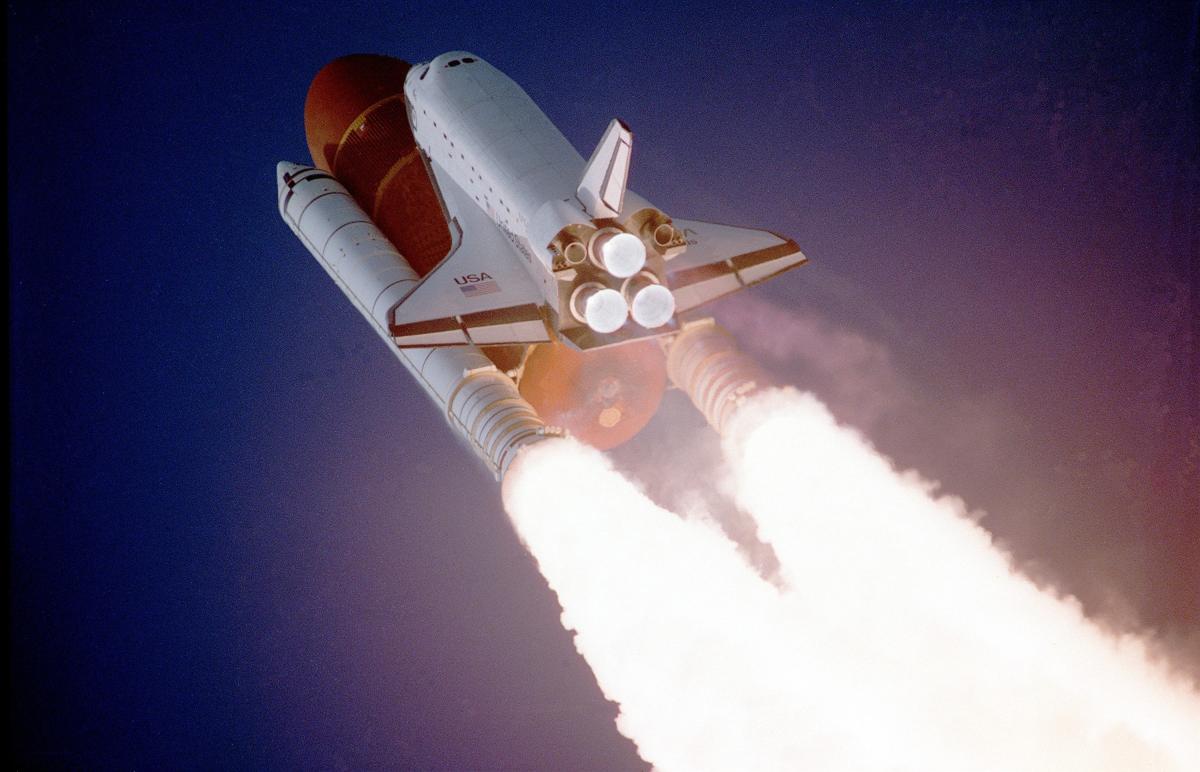
Students use the engineering design process to create paper rocket protoypes and complete a cost-benefit analysis to help choose the best one.

Context: This lesson takes place in a classroom for two or more class periods Students may work in small groups of 2-4. An emphasis on the experiment of making an indestructible Edison robot Creative